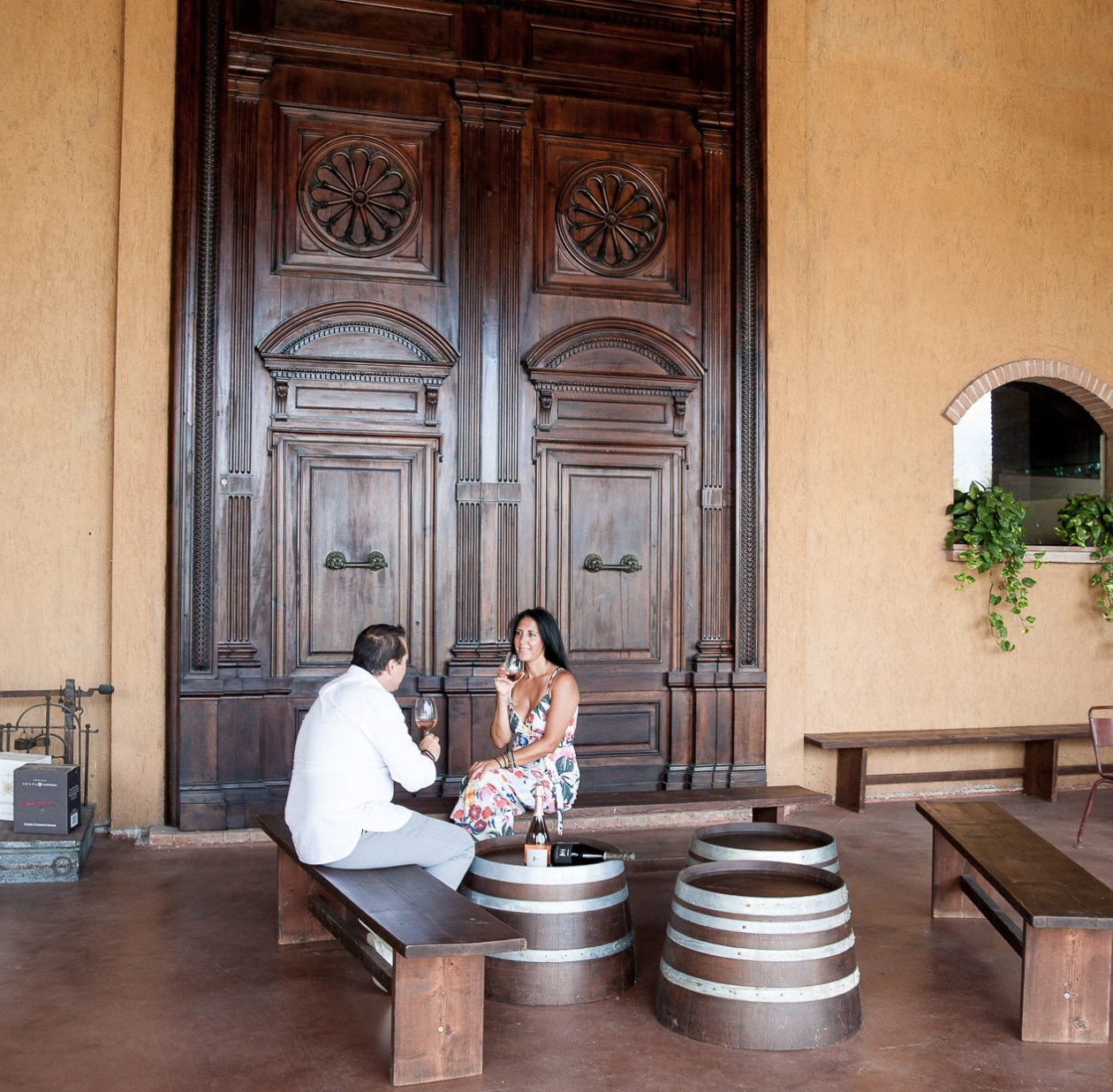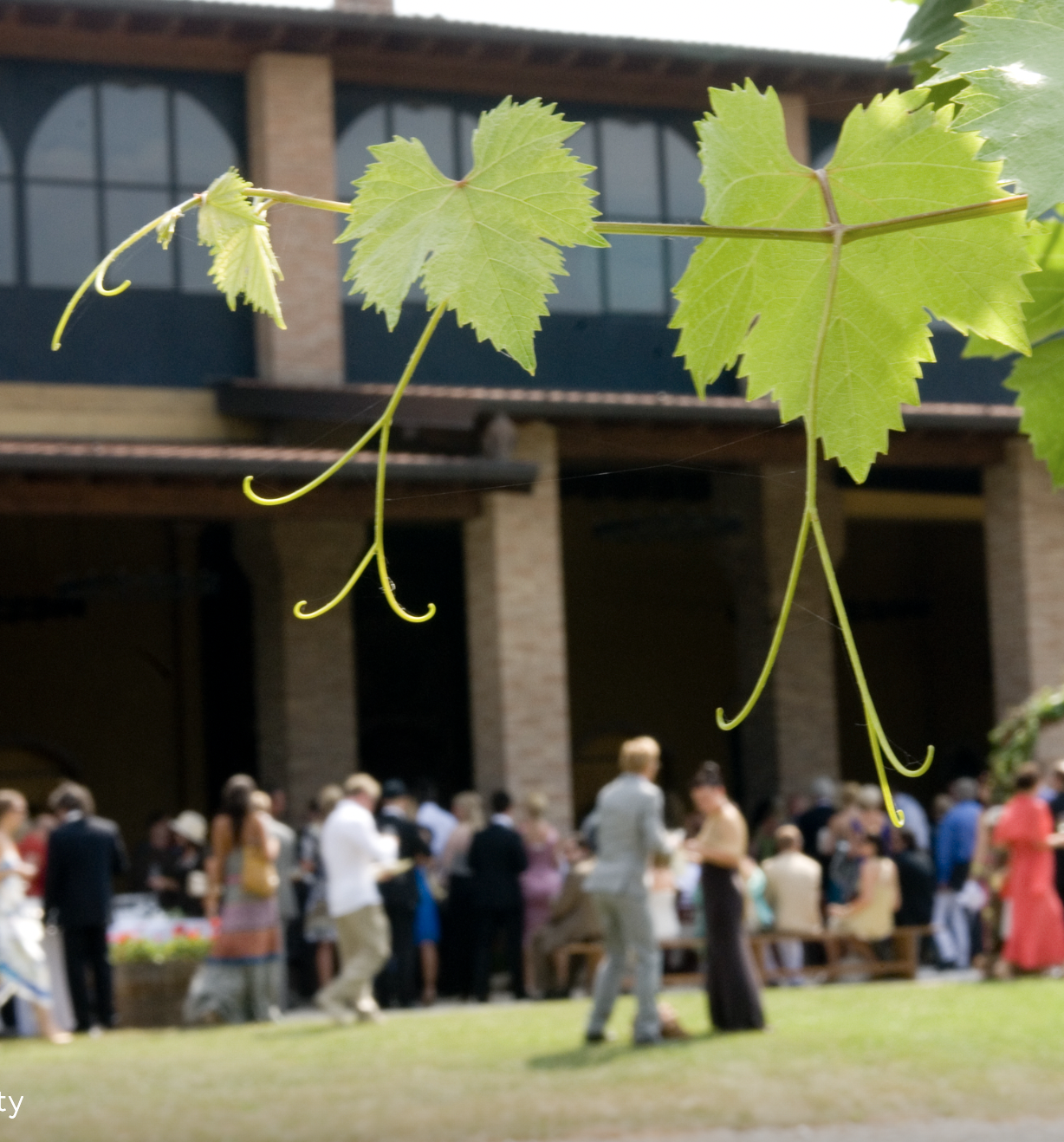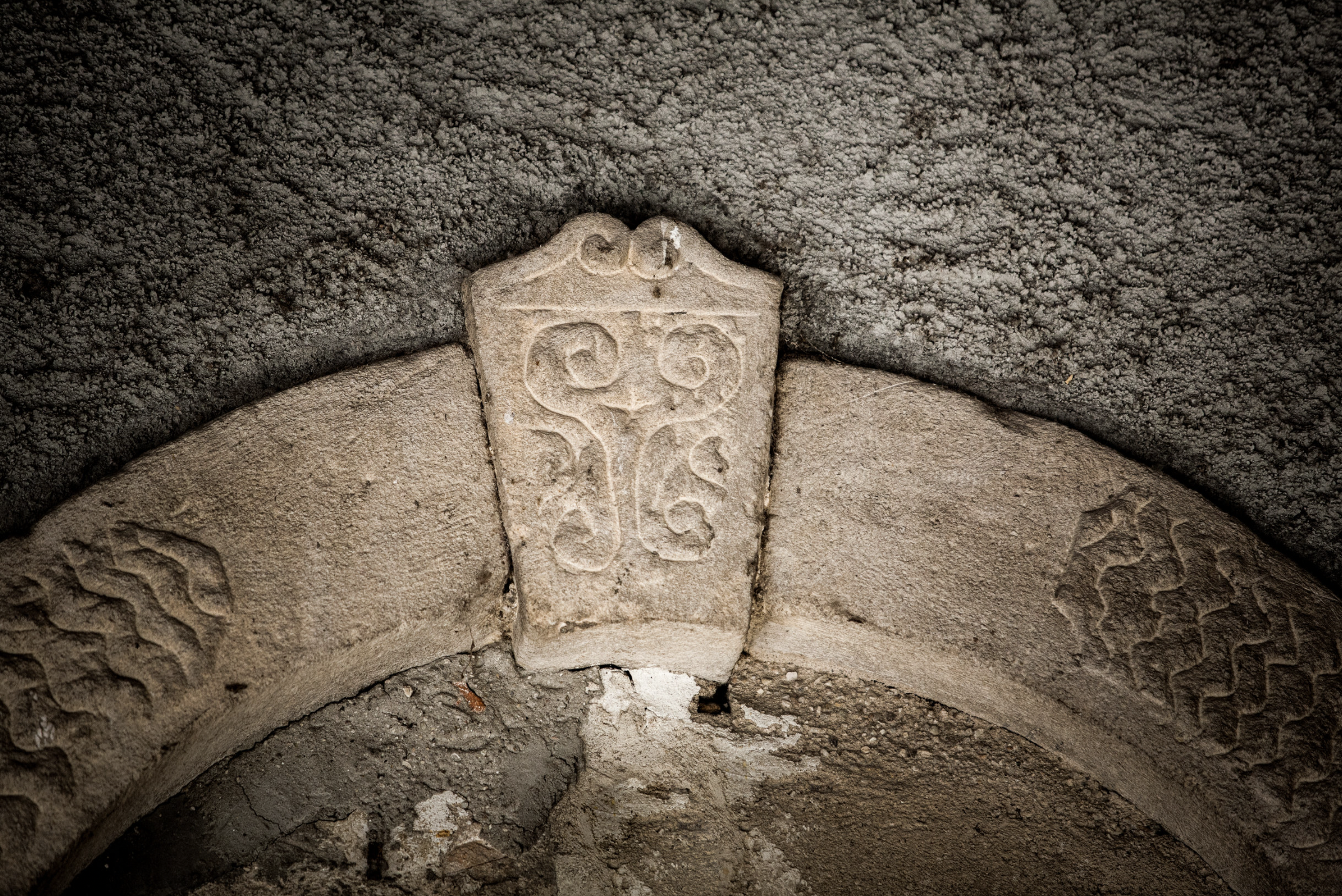Selva Capuzza
Provincia di bresia, Italy
About selva capuzza
Sustainably Farmed
Selva Capuzza is a farm dedicated to the production of wine from 6 native vines of the area. Inside there are also olive trees, a forest born as a truffle ground, large open spaces dedicated to biodiversity, a park of centuries-old mulberry trees and two small lakes.
It takes its name from the locality in which it is found; the countryside areas south of the lake were already called "Silvae" in Roman times. The name "Capuzza" seems to derive from its elevated position, at the beginning of the hills of the morainic amphitheater of Garda, on the "cappuccio" which is located a few hundred meters from the tower of San Martino della Battaglia.
On the estate are the Cascina Capuzza restaurant , the winery and the Borgo San Donino farmhouse . Only 870 steps divide the two extremities of these three places, the Cascina and the Borgo. A few minutes' walk will take you through meadows, vineyards, the truffle ground with its oaks, hornbeams and hazelnut trees, taking you from Cascina Capuzza to Borgo San Donino, touching the winemaking cellars.
The farm, located 4 km south of Lake Garda, is located in a very prestigious hilly position and located within the borders of the three main DOC areas of the Brescia side of Lake Garda: Riviera del Garda Classico, San Martino della Battaglia and in the heart of Lugana .
The estate is a no-hunting area to protect the balance of the fauna in the area. Great care is also dedicated to the environmental impact through the control and monitoring of carbon dioxide emissions and many other important practices to minimize the environmental impact of production and pollution.
What is now Selva Capuzza is the union of two stories linked to wine: that of the Formentini family, dedicated to this craft since 1917, and that of the Hirundo brand, born in 1908.
The latter, whose meaning is "swallow" (from the Latin Hirundo-is ) , was born to name the wines produced on the hill of San Martino della Battaglia by linking them with the migrations of this elegant bird, which still flies over and nests on these hills chanting the seasons. During the harvest period it goes up from the south to return in spring, when the wines reach their maturity. This name today is dedicated to sparkling wines, the "sky" wines.
Still wines, on the other hand, take the name "di terra", using the toponym Selva Capuzza (from the Latin Silva-ae and Capuzza as head, hood). Positioned at the beginning of the morainic amphitheater facing 4 km from the shore of Lake Garda, at an altitude of about 120 meters above sea level, it is exposed to the winds arriving from the Alps.
The soil is calcareous-clayey, with a rich presence of stones to mitigate its compactness, in the deeper bands there are layers of gravel and sand.
The uniqueness of this environmental context has encouraged us to dedicate ourselves completely to the search for the maximum qualitative expression of our native and traditional grapes: Turbiana, Tuchì, Groppello, Marzemino, Barbera and Sangiovese to produce the denominations that we are lucky enough to be able to produce at inside the farm, to testify to its important vocation: Lugana, San Martino della Battaglia and Garda Classico.
The logo design is derived from the oldest decorative element present in Cascina Capuzza. It is a stone portal, apparently dating back to the fourteenth century, present on one of the external walls, whose keystone has a bas-relief with two flowers upside down with respect to each other and sinuous lines closed in a curl separate them.
The two lateral beams have a simpler decoration: wavy lines which in all probability represented water. It is difficult to understand whether the reference was to the lake or to the characteristic rich presence of wells around the farmhouse.







